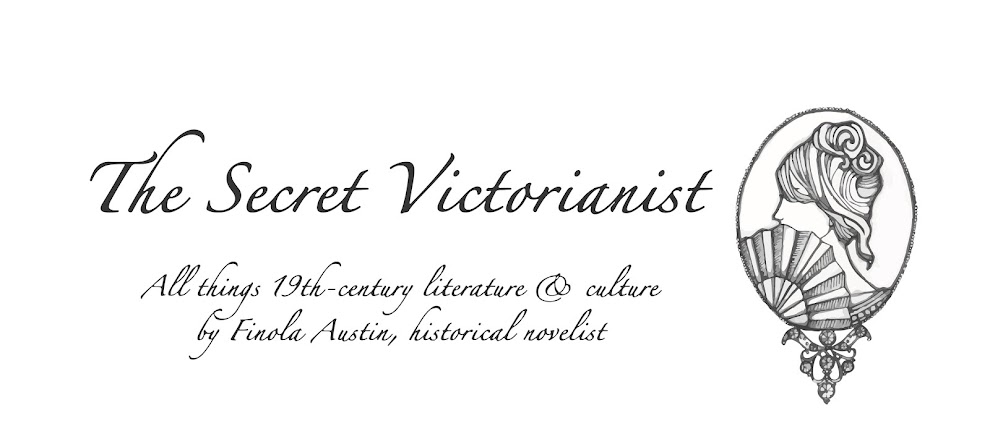You think that people are what they pretend to be: that the way
you were taught at school and college to think right and proper is the way
things really are. But it's not: it's all only a pretence, to keep the cowardly
slavish common run of people quiet.
Mrs Warren’s assessment of
Victorian society—that commonly-held morality is a pretence, a cover for the
‘way things really are’—is one shared by many 21st-century commentators
on the period. The modern novels I’ve read as part of my Neo-Victorian Voices series are obsessed with showing the depravity below the façade—child abuse,
racism, pornography and, most frequently, prostitution, the subject of George
Bernard Shaw’s 1893 and the eponymous Mrs Warren’s profession.
 |
| Felicity Kendal as Mrs Warren |
The Victorians of our cultural
imagination are table leg covering prudes or sex-crazed bodice rippers (most
often, hypocritically, both), but, in our obsession with the lascivious and
scandalous, are we missing the point? Shaw’s play, banned at the time for its
subject matter, may also ascribe to this narrative of repression and duplicity,
but for him the truth about prostitution is more based in economics, than
eroticism.
This is what prostitution means
to Mrs Warren:
It means a new dress every day; it means
theatres and balls every night; it means having the pick of all the gentlemen
in Europe at your feet; it means a lovely house and plenty of servants; it
means the choicest of eating and drinking; it means everything you like,
everything you want, everything you can think of.
So far this seems like the
standard seduction speech, as Mrs Warren lays out the contrast between the
opulent way of life provided by sex work and her daughter Vivie’s existence
now:
And what are you here? A mere drudge,
toiling and moiling early and late for your bare living and two cheap dresses a
year.
Yet, in the play’s last moments,
the argument between the two women becomes something much more interesting than
a confrontation between vice and virtue, riches and poverty. Mrs Warren tells
Vivie that it isn’t just the money
that attracts her (after all, she could have retired from this life long ago
but continues to run a network of brothels):
I must have work and excitement, or I should
go melancholy mad. And what else is there for me to do? The life suits me: I'm
fit for it and not for anything else. If I didn't do it somebody else would; so
I don't do any real harm by it. And then it brings in money; and I like making
money.
Mrs Warren wants to work, and her claim that she is fit for no other
profession is more of an assessment of the employment options open to women in
the period than a commentary on her own moral character.
Vivie tells her mother that they
are more alike than her mother imagines—that there is a point of similarity
between the ‘modern’ Cambridge-educated girl and her mother, a bawd:
No: I am my mother's daughter. I am like
you: I must have work, and must make more money than I spend.
And Vivie does not reject her mother
on moral grounds. The decision to cut her off is purely pragmatic:
I don't think I'm more prejudiced or
straitlaced than you: I think I'm less. I'm certain I'm less sentimental.
At the end of the play Vivie
decides she will never marry, but will instead be an accountant. Her choice
mirrors her mother’s almost exactly, except that Vivie’s profession a) will be
sanctioned by society and b) won’t subject her to the possibility of motherhood
(the cause of Mrs Warren’s sentimentality).
Shaw may share his subject matter
with many of today’s neo-Victorian writers, but the difference is he doesn’t
explore sex work in order to titillate. He uses prostitution as a lens through
which to explore the selfishness of a capitalist system, painting a dark view
of society, even as women’s employment options improve within it.
What would you like the Secret
Victorianist to blog about next? Let me know—here, on Facebook or
by tweeting @SVictorianist!


